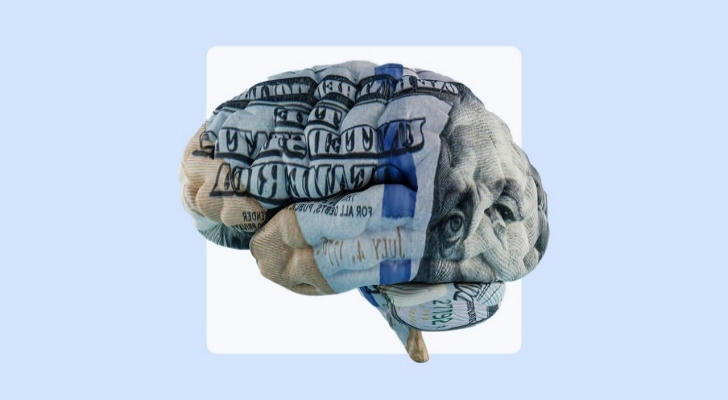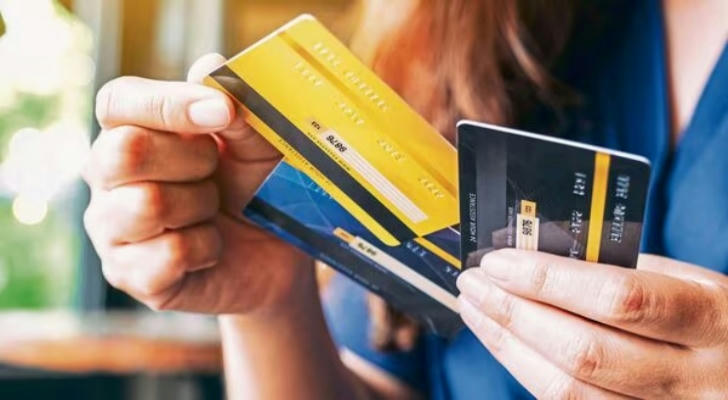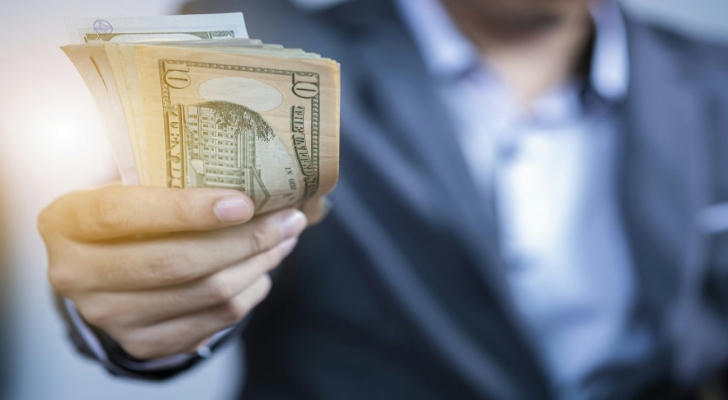Cash or Card? The Psychology of Everyday Spending
In today’s fast-paced, tap-to-pay, one-click world, the way we spend money has become faster, easier—and sneakier. Gone are the days when a bulky wallet filled with cash dictated your spending habits. Now, a sleek card or smartphone can cover your morning coffee, that late-night Amazon binge, or even your groceries with just a flick of the wrist. But behind this convenience lies a powerful psychological question: Does how we pay change how much we spend?
Spoiler alert: Yes, it does—and in surprising ways.

💳 The Invisible Wallet: Why Swiping Feels So Easy
Let’s start with a simple idea known in behavioral economics as the “pain of paying.”
When you use cash, you're acutely aware of the transaction. You're watching physical money leave your hands, which triggers a subtle emotional reaction—sometimes even regret. That’s the pain.
When you use a credit card or mobile payment, that pain is dulled. The transaction feels distant, intangible, and almost unreal. You're not giving anything away—you’re just tapping a card, or even better, letting your phone do the work. This is called decoupling—when the act of purchasing is separated from the experience of loss.
A 2001 study by MIT professors Drazen Prelec and Duncan Simester found that people were willing to pay up to 100% more for the same items when using a credit card compared to cash. That’s not just convenience—it’s psychology in action.
🛍️ Retail Therapy: The Card’s Best Friend

Walk into any major U.S. store—Walmart, Target, CVS—and you’ll notice something: physical cash isn’t really welcome anymore. Sure, they’ll take it, but almost every part of the shopping experience is designed to get you to swipe or tap.
Why? Because retailers love when you don’t feel the sting of spending.
Impulse buying accounts for a massive chunk of U.S. consumer spending. According to a 2023 survey by Slickdeals, the average American spends over $150 per month on impulse purchases. That’s nearly $2,000 a year on items they didn’t plan to buy—often made easier by the quick swipe of a card or thumbprint.
Ever noticed how easy it is to say “yes” to the extras at checkout—candy, gum, a mystery candle on sale—when you’re paying with a card? If you had to count out actual dollars and coins, would you still say yes?
🧠 Neuromarketing 101: Your Brain on Plastic
Modern neuroscience confirms what our wallets already know: the brain reacts differently to different payment methods.
In a 2007 study using fMRI scans, researchers at Carnegie Mellon found that paying with cash activated the insula, the part of the brain associated with pain and negative emotions. Paying with a credit card? Much less activity. It's as if the brain doesn’t register the loss in the same way.
This neurological evidence supports what many financial advisors have said for years: if you want to spend less, use cash. Your brain will literally make it harder to part with physical money.
💵 The Return of the Envelope System
Though it might seem old-school, cash still has a role—especially among budget-conscious Americans. Many have turned back to the “envelope system”, popularized by personal finance experts like Dave Ramsey.
Here’s how it works:
You divide your income into envelopes labeled by category (groceries, gas, entertainment, etc.).
You fill each envelope with a set amount of cash.
Once the envelope is empty, you stop spending in that category.
It’s a method built on awareness and physical boundaries—something digital payments completely lack.
Budgeting apps like YNAB (You Need A Budget) and Goodbudget even try to mimic this technique virtually, but many users say the discipline is strongest when they’re literally handing over bills.
🚘 Big Purchases, Bigger Blind Spots
It’s not just your morning coffee or mid-week lunch that’s affected. The difference between cash and card psychology becomes especially dramatic during large purchases—furniture, electronics, vacations, and especially cars.
That’s why car dealerships are so quick to say: “You can finance it for just $349/month!” That sounds a lot more palatable than “Pay $25,000 upfront.”
It’s also why Americans now carry an average credit card balance of $6,501 (according to Experian, 2024), and consumer debt in the U.S. has surpassed $1.2 trillion. When spending doesn’t feel like spending, we spend more than we should.
📱 Apple Pay, Amazon, and the Frictionless Future
Companies like Apple, Google, Amazon, and Uber have built entire business models around the concept of frictionless spending. Their goal? Make paying feel so seamless you forget you're even doing it.
One-click shopping on Amazon? Check.
Apple Pay face-scan at Starbucks? Done.
Uber charging your card before you even step out of the car? Already handled.
The easier they make it for you to buy, the more you’ll buy. It’s convenience—but it comes with a cost.
✅ So Which Should You Use? Cash or Card?
Let’s break it down:
| Cash | Card |
|---|---|
| Painful to part with | Easy and abstract |
| Limits spending naturally | Easy to overspend |
| Great for budgeting | Great for tracking digitally |
| Often inconvenient | Highly convenient |
| Less accepted online | Universal for e-commerce |
| No fraud protection | Comes with security and rewards |
Pro Tip: Use cash for areas where you’re prone to overspending (restaurants, clothes, takeout). Use cards for fixed bills or online purchases — and always pay in full each month.
🎯 Final Thought

Cash or card isn’t just about how we pay—it’s about how we think. In a culture driven by speed, convenience, and instant gratification, the way we spend reveals more about our psychology than we realize.
So the next time you reach for your wallet—or your phone—pause for a moment. Would you still make that purchase if you had to hand over a crisp $20 bill?
Your brain (and your budget) might thank you.
